Continuing the biographical vignettes of the ladies who signed an 1882 Autograph book I found at a flea market. The young women were classmates at St. Mary’s Academy, an elite boarding school for girls on the campus of Notre Dame in South Bend, Indiana. If you missed it, the first installment can be found here: What's in a Name?
Katherine A. Donnelly was born on July 19, 1864, in Michigan City, LaPorte County, Indiana.1 Her parents, Thomas Donnelly and Bridget Carlon, were born in Ireland.
The Donnellys were one of the early families to settle in the area of northern Indiana, nestled close to shores of Lake Michigan. Thomas’s father, Peter, purchased land there in 1851 and opened a mercantile. After emigrating from Ireland, the Donnellys did not tend toward wanderlust. Peter, his family, and most of their immediate descendants spent their lifetimes there.
For her early schooling, Katherine, or Kate as she signed the book, attended Saint Ambrose Academy in Michigan City.
Beginning in 1870, Saint Ambrose Academy was housed in the Chauncey Blair Mansion on the northwest corner of 4th and Wabash. This would have been where Kate attended. The school moved from the Blair house in 1886 and reopened as Saint Mary's Academy at 10th and Buffalo, across the street from St. Mary the Immaculate Conception church. The site of Saint Ambrose is now a parking lot for an outlet mall. The St. Mary’s building is still there and used by the parish.
In 1880, when Kate was 16, she was attending St. Mary’s on the Notre Dame campus in South Bend, Indiana.2 Discovering ordinary details of a person’s life, such as their abilities or pastimes can be difficult, especially for women, but one of Katherine’s talents was revealed in the description of the 1881 St. Mary’s Commencement.3 Katherine graduated in 1882, at the earliest, but awards were presented to students from all classes at each year’s ceremony. The awards were differentiated as “graduating” medals and “prize” medals. Katherine was awarded the silver prize medal for artistic drawing. She was named as Miss C. Donnelly of Michigan City and was also listed as Catherine with a “C” on the 1880 census, but it’s the same Katherine. She signed her name with a “K,” and most other documents use a “K,”so that’s what I am using.
Kate Donnelly married Alfred Wellington Leeds, Jr. on April 22, 1891. Alfred was born in Niles, Michigan on September 29, 1864, so he and Katherine were less than ten weeks apart in age. By the time Alfred was 5 years old, his family had moved to Michigan City. After his primary education, he attended Morgan Park Military Academy. Morgan Park was a suburb of Chicago at the time, and is now a community of the greater Chicago area. Alfred then went to Valparaiso University.
I don’t know if Alfred and Kate met as children, teens, or not until they were adults. Michigan City wasn’t large, so it’s possible they met early in life. Between 1886 and 1898, Alfred owned a cattle ranch in the Shonkin region of Montana, near Fort Benton. In the 1880s, the area was open for free cattle grazing and Alfred Leeds took advantage of the opportunity. He married Katherine in 1891, so he clearly spent at least some time at home, perhaps running his cattle business from afar.
After selling the ranch and livestock, Alfred opened a store on Franklin Street in Michigan City. The shop specialized in wallpaper, and artist’s and picture framing supplies. I wonder if Katherine took part in the creation of the store since she was known to have artistic talent. It would be wonderful if even one of her drawings survived.
The store was open from 1898 to 1904. Kate and Alfred lived next door to their shop.4 The house’s appearance may not have changed much, although it looks like the door on the left was the original. The store is the original brick building with new exterior fascia.
In 1906, two years after either selling or closing his shop, Alfred became a rural route mail carrier and remained in that job until he retired in 1929. He must have enjoyed the work because it doesn’t sound like he needed to do so. In 1909, he ran a ‘for sale’ ad in several northern Indiana newspapers. He was selling five farms. The ad describes the properties, locations, and the cost per acre.5 If each farm sold for the price advertised, it would amount to $39,700, today’s equivalent of $1,366,773.
In 1930, the Leeds’ home at 524 Pine Street was valued at $18,000.6 That house is gone now, as well as all its neighbors. I know it was a two-story brick home, with at least six steps leading up to the front portico, and decorative masonry above the windows. I have seen a photo that I believe is Katherine posing on the steps with her daughter Loretta, the bride, and her groom, Leslie Van Ouse, on their wedding day. Katherine would have been 64 years old at the time. I have messaged who I believe is the original poster of the photo for permission to share it, but at the time of publishing, I’ve not yet received a reply. If I receive permission, I will edit this post to add the photograph.
The knack for running a successful business ran in the family. Alfred’s father, Alfred Wellington Leeds, Sr., was born in 1824 in Tuckerton, New Jersey. He made his fortune during the 1840s-50s California gold rush, not by panning for gold, but by selling supplies to the prospectors. Alfred, Sr. died November 30, 1883 at his home in Michigan City but was buried at the Friends’ Grounds (now Quaker Cemetery) in LaPorte, Indiana, which is around 22 miles southeast.7
Alfred Jr.’s mother was Wilhelmina Lell, born in Stuttgart, Germany in 1843. After Alfred Sr.’s death, ‘Minnie’ forged her own path as an exceptionally successful businesswoman. Besides being a member of the Board of Trustees for the local public library and a major stockholder in several corporations, she funded the building of the Leeds Building which housed the First National Bank/Citizens Bank. Minnie Leeds served as Director.8
The Leeds Building is two blocks from the location of Katherine’s home and four blocks from Minnie and Alfred Sr’s home; neither house survives. Minnie’s presence is echoed on Franklin Street by the building which is now home to The Leeds Public House.
In 1910, Minnie was living with her daughter and son-in-law, Julia and Samuel Taylor. The census notes that Minnie had her “own income.” She absolutely did.
In 1889, Minnie was the target of a blackmail scheme and “murderous attack” by a woman who had formerly been a domestic servant in the Leeds home.9 Ella McGee, using the alias Ella Wasserman, had been watching the house. When Minnie took a walk around her lawn, Ella ran to her and coshed her on the head with a billy club. Minnie was able to run back to the house, but as she fled, Ella pulled out a revolver and shot toward her. She missed.
The reported details of the scheme vary. How much of what Ella told police is true, or even based in truth, there’s no telling. Suffice to say it was a story meant to bring scandal on the family, and nearly did, for which Ella hoped to extort money from Minnie.
Ella was arrested in October of 1889 and jailed in LaPorte County on a $2,000 bond, which she was unable to meet. On January 15, 1890, Ella died in the jail from an ulceration of the stomach. During her remaining hours, Ella was said to have given an account of her prior life, saying she was born Ella McGee in Maxwell, Iowa. She said if she recovered, she would expose a prominent person in the city.10
Minnie Leeds remained active in the business world. In January of 1906, Minnie was noted as one of the plaintiffs in a LaPorte County appellate lawsuit against an asphalt paving company.11 There were other mentions of her in the business section of the newspapers throughout the decade. Minnie Lell Leeds died in 1911 on June 28.
There was a Donnelly family squabble that reached the courts. Katherine’s grandfather, Peter Donnelly, had died on February 4, 1890. In the summer of 1898, Katherine and siblings Nellie, Angela, and Loretta, filed a lawsuit against their father, Thomas Donnelly. The suit states that their grandfather, Peter, had prepared a will and given it to Thomas for safekeeping. The will instructed that upon his death, his numerous properties were to be sold and equally divided amongst his heirs. The plaintiffs alleged that when Peter died, Thomas destroyed the will, appointed himself as Administrator of the estate claiming Peter had died intestate, and named himself as the sole heir. The suit goes on to allege that Thomas was also “squandering the properties” which were theirs and were supposed to be held in Trust. The siblings were asking for a judgement of $10,000. Depositions were to be given at the Vreeland Hotel in Michigan City. Probate can take a long time, but a comment was made in one article by a family member who said they’d only just discovered the existence of a will. This is most likely why the suit wasn’t filed until eight years after Peter’s death.
Caroline Leeds Vreeland was Minnie’s sister-in-law. Caroline married Albert Vreeland, a real estate capitalist, for whom it was named. It had already been in the family though; the original hotel was called the Jewell Hotel and was built by Caroline and Alfred Sr.’s father, Offley Leeds.
I don’t know how the probate lawsuit turned out, whether there was a judgement, if it was settled out of court, or if the rumor turned out to be incorrect and the whole thing was dropped. Short of chasing down court records in LaPorte County, I haven’t found information after the 1898 legal notice.12 That being said, Thomas Donnelly was living with his daughter Katherine and her husband on the 1910 census, so at least some measure of family reconciliation had taken place.
Katherine and Alfred had two children, son Donnelly Alfred born April 7, 1898 and daughter Mary Loretta born March 13, 1901.
Mary Loretta married Leslie Thomas VanOuse in 1928. Donnelly married Catherine Cassidy Kendall. She had one child from her previous marriage, but as far as I can tell, she and Donnelly had no children together.
Katherine lived a relatively quiet life, raising her children, hosting and attending social events, and participating in church and community causes. She died on April 30, 1939. She suffered from heart disease which was her secondary cause; the primary was given as arthritis. Arthritis contributes to the severity of other diseases, with cardiac ailments being one of the most affected. Kate was buried in the Calvary section of Greenwood Cemetery in Michigan City. Calvary Cemetery was created to accommodate reinterments from the old St. Mary’s Catholic Cemetery where St. Mary the Immaculate Conception is still located.
Katherine Donnelly Leeds’ obituary notes she was part of a pioneer Michigan City family, and this was true for both the Donnelly and Leeds families. Kate and Alfred’s parents, siblings, and descendants were the “well-known” of local society. They were doctors, lawyers, financiers, and business owners. They were wealthy, some quite wealthy (Minnie Leeds for one), but not ostentatiously so.
Carlon and Donnelly streets still exist on the northwestern side of the city, within walking distance to the beaches of Lake Michigan. (Carlon was Kate’s mother’s maiden name.) That neighborhood was once a tract of land owned by Thomas Donnelly, Kate’s father. It is still bordered by Willard Avenue, 10th Street, and the State Penitentiary as it was in 1892.
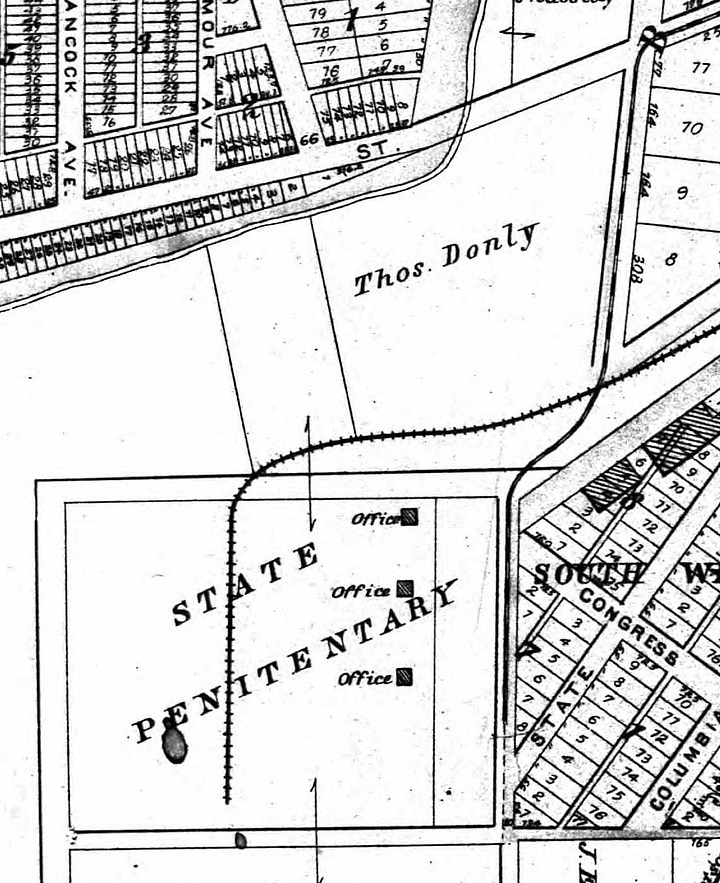

In 1940, Alfred is still living in the family home on Pine Street along with his children. Donnelly was as yet single, working as an electrician for the local utilities company, which he would do until his retirement in 1965. Mary, her husband, Leslie, and two of their children lived there as well.
Alfred Wellington Leeds Jr. died on May 30, 1942 of hypostatic pneumonia. As was the case in my previous post about Katherine Wall, hypostatic pneumonia often develops when someone is bed-bound or relatively immobile for a length of time. Alfred had suffered a head injury which may well have incapacitated him long enough for this to develop. His tertiary diagnosis of senility also may have contributed to the head injury.
Katherine’s daughter Mary Loretta died December 21, 1991 in a nursing home in Lafayette, Indiana. She suffered from dementia and heart issues, but it was a bout of pneumonia after breaking her hip that was her primary cause of death. Katherine’s son Donnelly died November 19, 1987 of heart disease.
All individual dates are based on official vital statistics records, obituaries, and/or cemetery information.
1880 U.S. Federal Census.
South Bend Tribune, South Bend, Indiana, June 29, 1881.
Michigan City Directory, 1902.
The Times, Hammond, Indiana, May 22, 1909.
1930 U.S. Federal Census.
Dead Quaker Periodicals: The Journal, January 1875-April 1885, Vol 9-13. Ancestry.com.
Jacob Piatt Dunn, Indiana and Indianans, pages 2136-2137. Additionally, numerous newspaper articles and legal documents which refer to Minnie as such.
Newspapers: Evansville Courier/Press, Evansville Journal, Indianapolis Journal, Lafayette Journal & Courier, Lafayette Sunday Times, Muncie Morning News, and the South Bend Tribune.
Indianapolis Journal, Indianapolis, Indiana, January 16, 1890.
Indianapolis News, Indianapolis, Indiana, January 24, 1906.
South Bend Tribune, South Bend, Indiana, August 5, 1898.





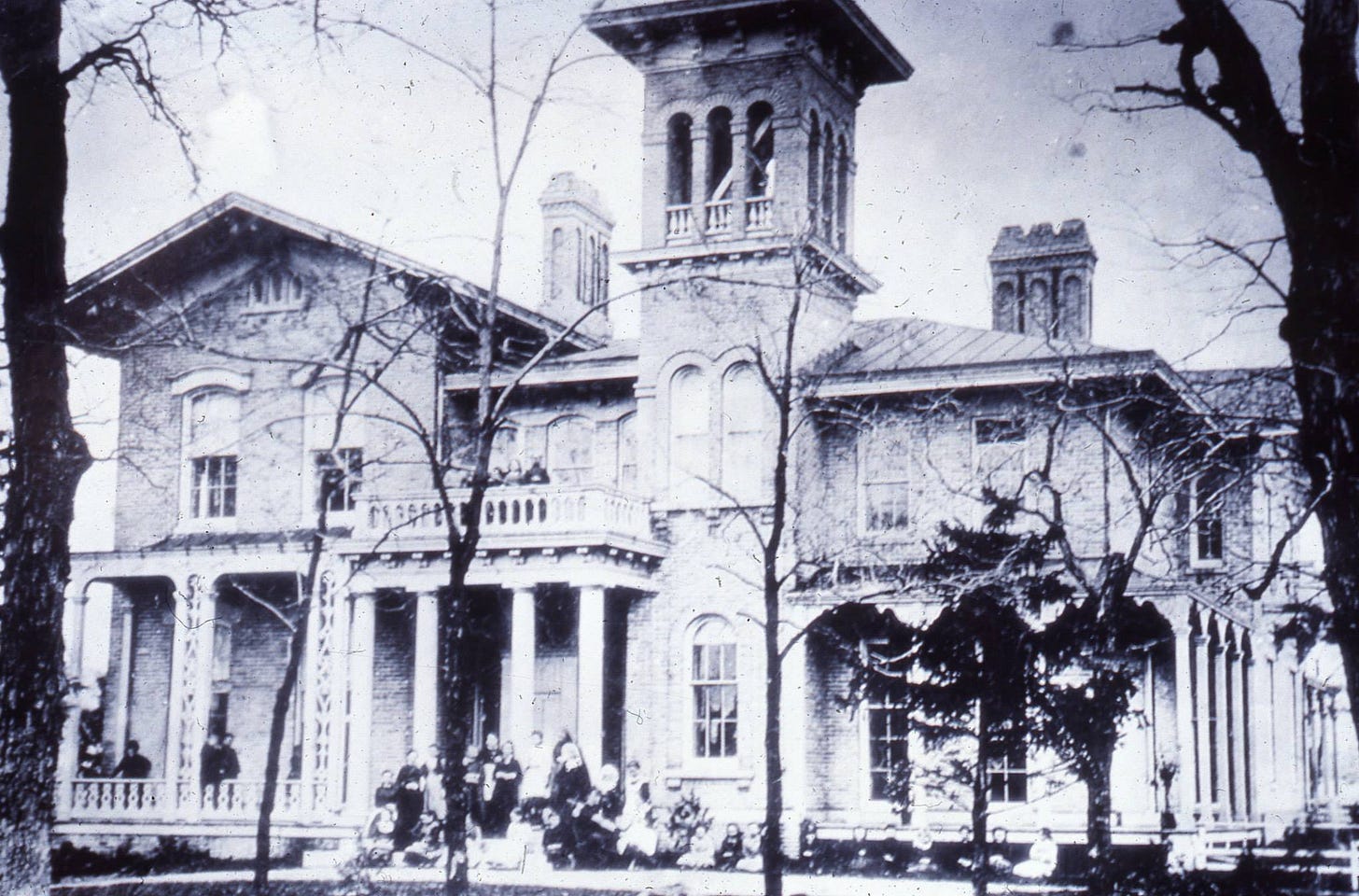

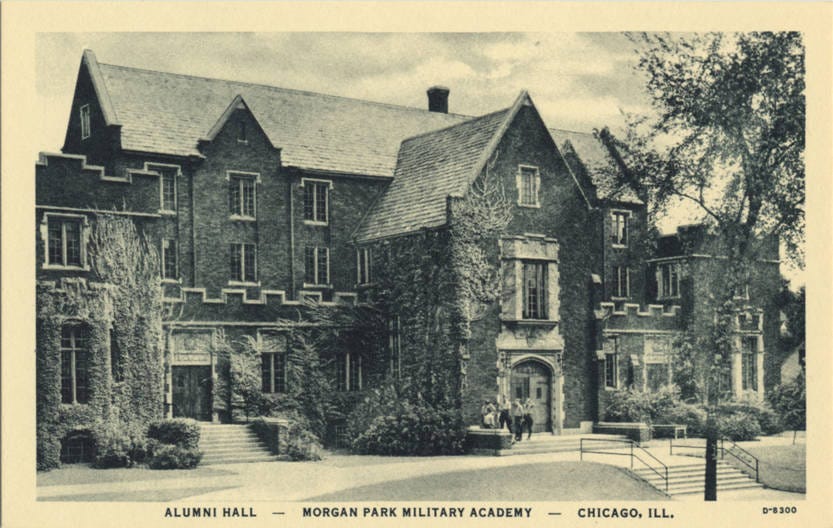

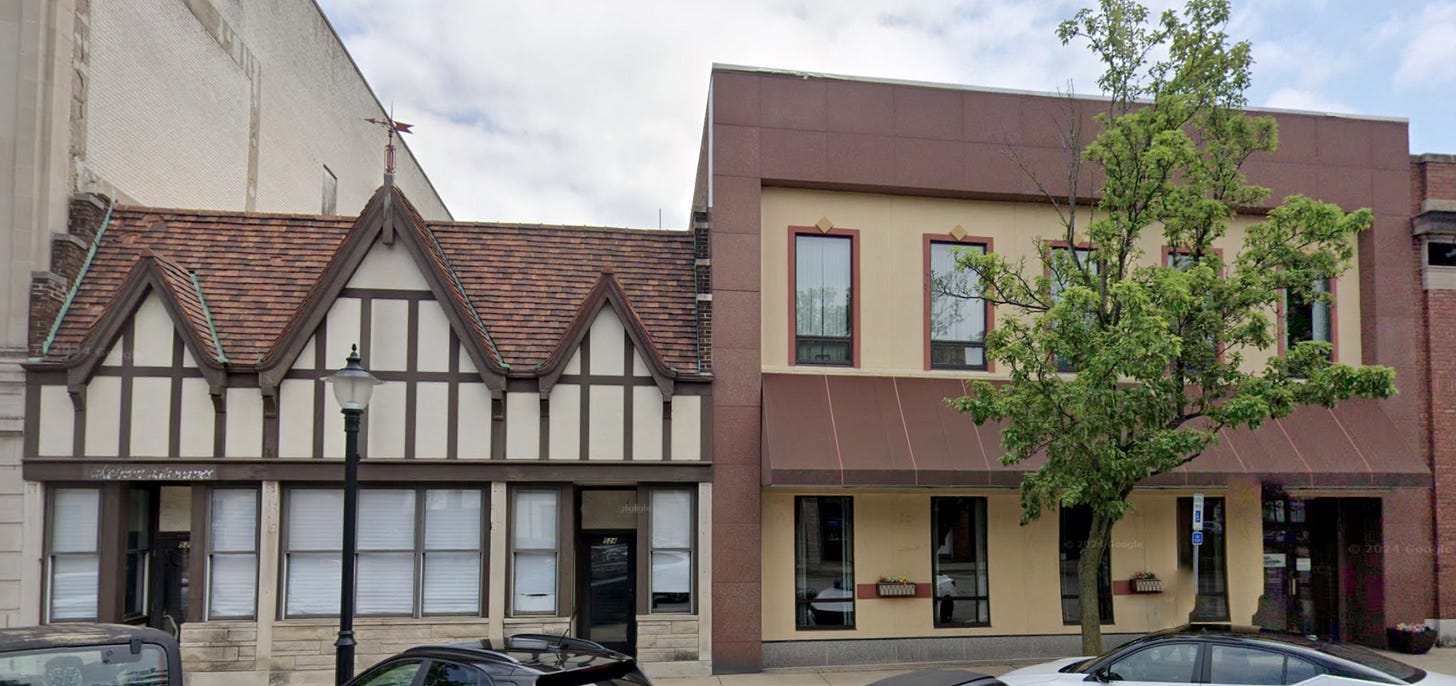

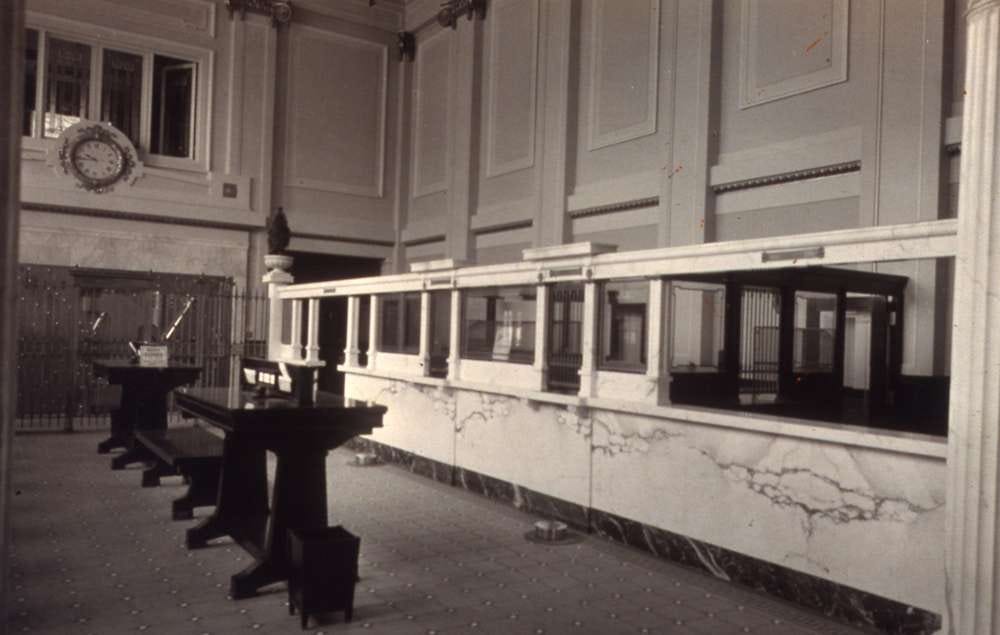

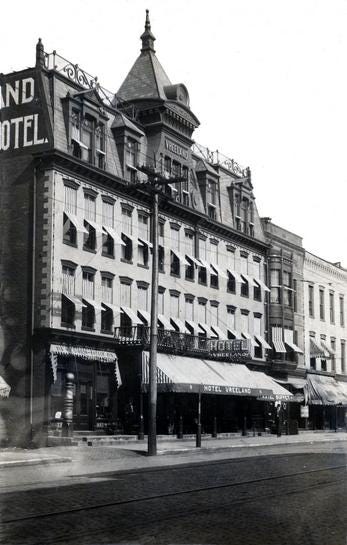
Absolutely amazing.